Touristy, But Broke.
Kyoto is arguably the most popular tourist destination for foreigners visiting Japan, with the city being part of the “Golden Route” alongside Tokyo and Osaka.
The former capital has always been crowded with Japanese tourists, but the recent influx of foreigners has exponentially increased the number of outside visitors, making the historic city somewhat feel like a overseas one.
Over-tourism, particularly the congestion of public transportation, has become a headache for local residents who have to ride on the same buses packed with tourists carrying huge suitcases.
But, what is often not known to that the city of Kyoto is on the verge of bankruptcy despite its growing number of tourists. So, why is this?
Costly Subway Project
First, one can attribute the city’s Tozai-Line subway project.
The Tozai-Line (East-West Line) was built in the 1990s as the city’s second subway line, but faced cost overruns mostly due to digging up historic artifacts during construction.
As a former capital that lasted more than a thousand years, Kyoto’s underground is full of archeological value which are frequently exposed by redevelopment projects.
Needless to say, once these ancient relics are excavated, construction needs to halt to allow full-fledged excavation and assessments. Thus, it would be wiser to avoid or circumvent areas where such discoveries are anticipate, though this would result in further costs anyway.
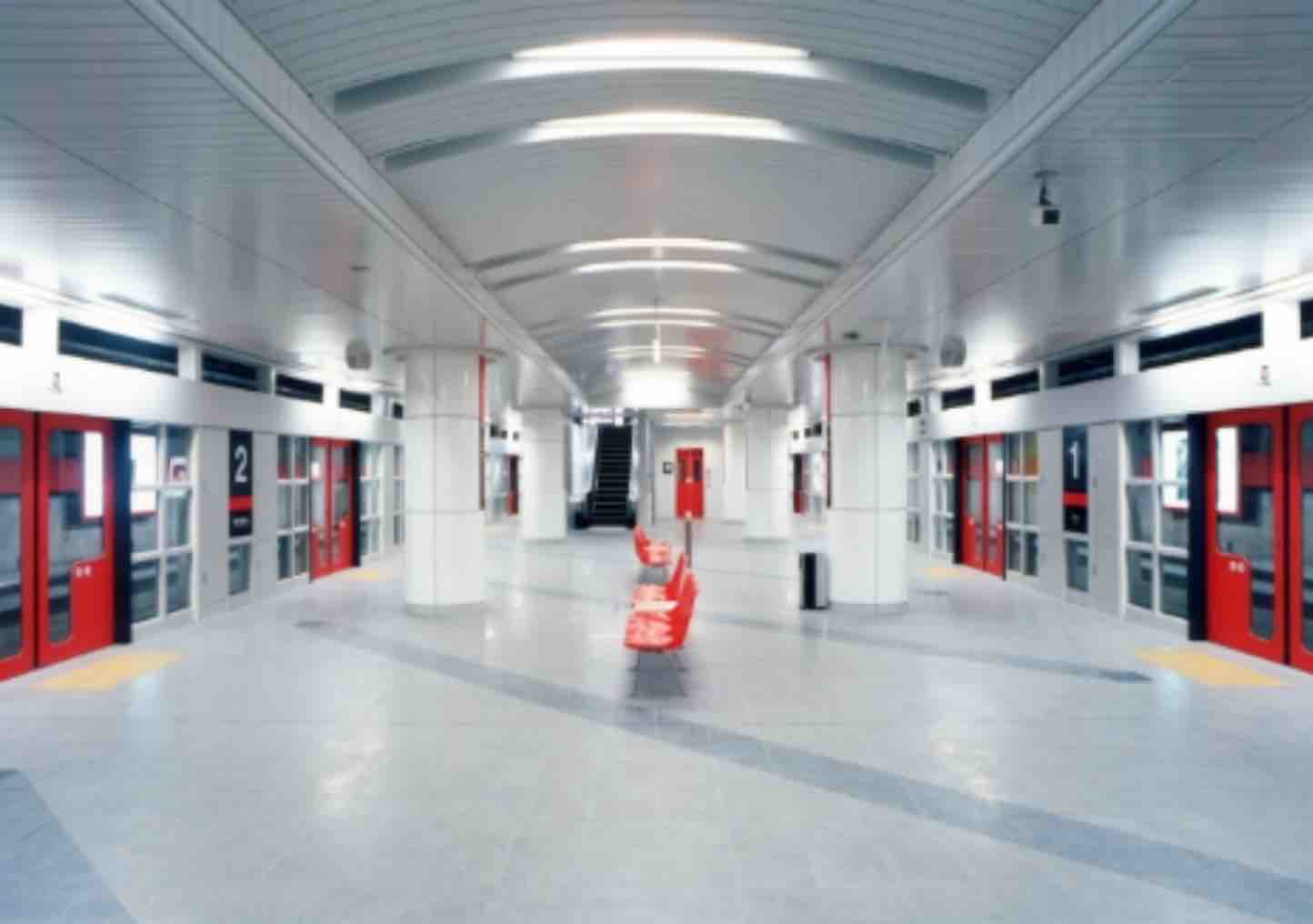 The Tozai-Line
The Tozai-Line
The Tozai-Line project was no exception and construction pushed back three years, with the total cost exceeding the initial estimate.
While these unique factors certainly led to cost overruns, the installation of the latest platform screen doors also contributed to the 5 billion dollar construction cost.
Now, this would have been a sensible investment if the city could collect the expenses through enough fares.
Unfortunately, the Tozai-Line never met its projected goal of 184,000 passengers per year, with the highest figure being 178,915 in 2019.
In stark contrast to the Karasuma-Line, the other subway lane which is actually profitable, the Tozai-Line has rather become a liability for the city of Kyoto, losing more money than it can generate.
Limited Tax Revenue
But, how can one subway project make an international city like Kyoto on the verge of bankrupt?
You’re right. The failure of the Tozai-Line is just one aspect.
The more deep-rooted cause is the fact that Kyoto, despite having 1.35 million residents, suffers from low tax revenue compared to other cities at the same scale.
The reason is quite complicated.
First, as a historic city, Kyoto is full of temples and shrines, but these are legally defined as “religious entities” who are exempted from certain taxes including property tax.
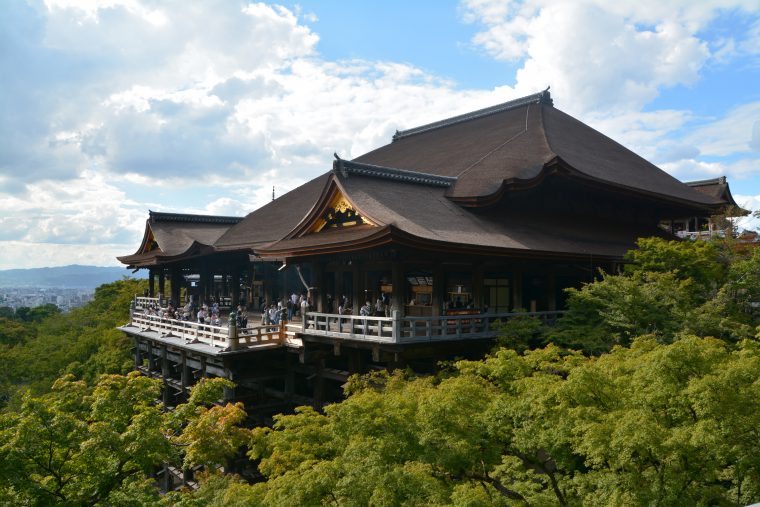 Kiyomizu Temple
Kiyomizu Temple
Another interesting factor is the demographic structure
Surprisingly, approximately one out of ten people living in Kyoto are college students, given the number of academic institutions in the area.
While this young generation is welcoming from a purely demographic standpoint, the majority are registered as residents back in their home town instead of being an official citizen of Kyoto.
Combined with the fact that university students normally don’t have any income, this means that one tenth of the population may be waived from resident tax or income tax.
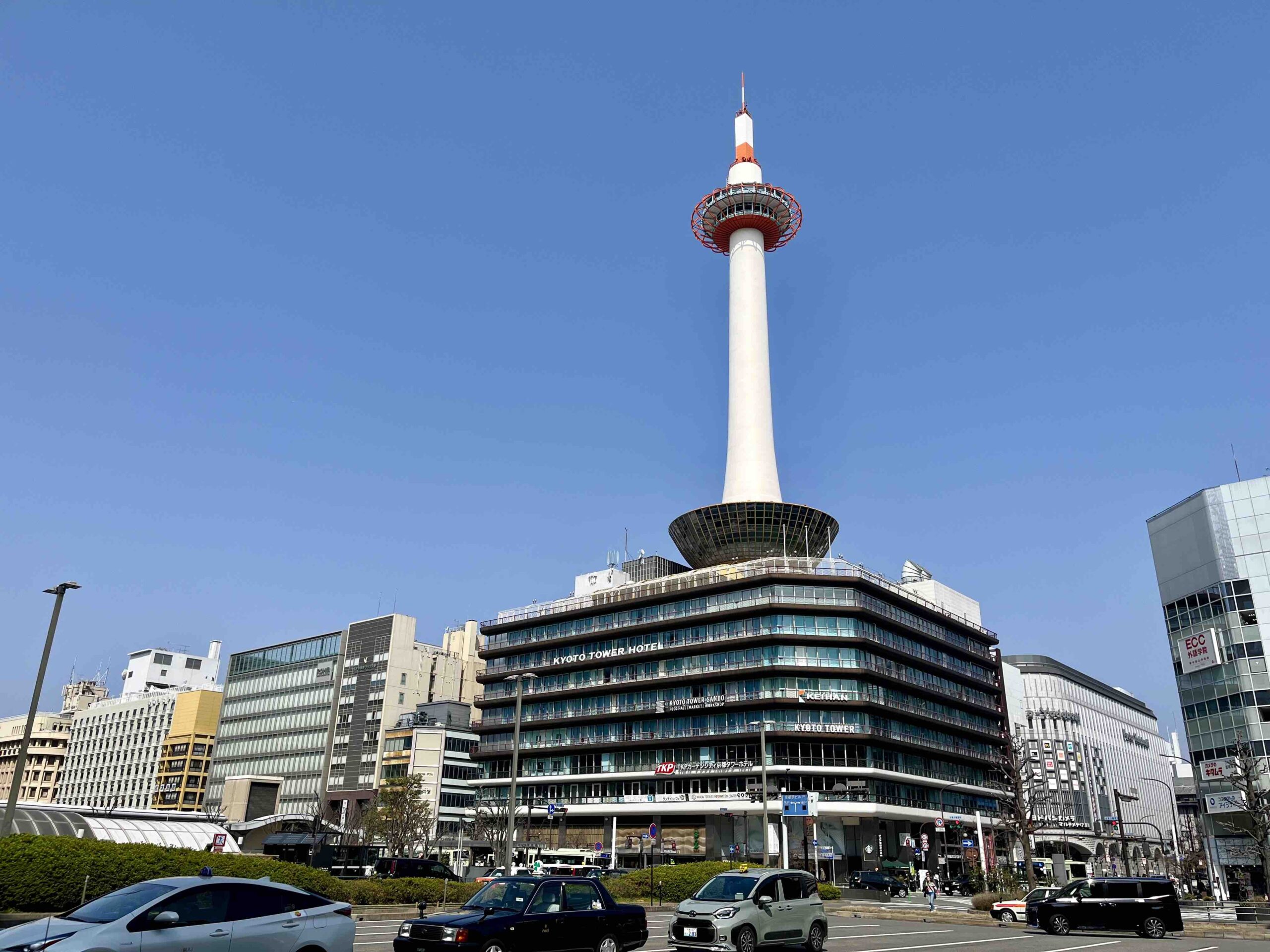 Kyoto Tower, the tallest building in the city
Kyoto Tower, the tallest building in the city
Lastly, we have the landscape preservation act.
Like many other historic cities, Kyoto’s traditional scenery is protected by a law that restricts the construction of tall buildings. This is why the city is void of skyscrapers compared to Tokyo or nearby Osaka.
However, the lack of high-rise buildings has resulted in less office spaces and residential rooms. This limits the amount of revenue collected from property tax since the levy is based on floor space.
Simply put, higher buildings generates higher revenue for the local community.
The City’s Future
Then, what’s next for the city of Kyoto?
Faced with the grim reality of financial bankruptcy, the city has been searching for alternative sources of income while simultaneously cutting expenses.
This includes the accommodation tax that was introduced back in 2018 towards tourists staying at hotels, and is expected to be raised in 2026.
Other efforts have been focused on raising bus fares and revising special discounts for the elderly, though the latter has faced considerable backlash from the senior population.
*Resistance from the elderly is a common predicament in Japan nowadays, but we have no other choice than to eliminate their existing privileges and make room for the younger generations.
Nonetheless, the city of had to rely on additional bonds in forming their annual budget, and the income shortage is estimated to grow to 200 million USD in four years.
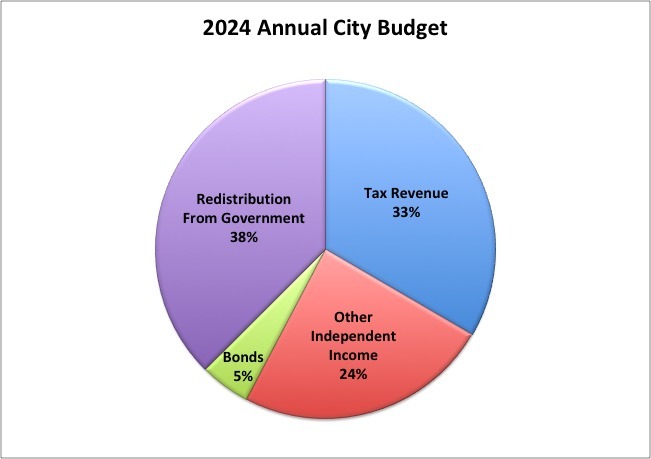 Only 58% are independent revenue sources
Only 58% are independent revenue sources
But, there seems to be some light at the end of the tunnel.
The year 2023 saw the highest tax revenue with approximately 3,100 billion yen (2 billion USD), mostly owning to the revival of tourism in the post-COVID19 world.
If Kyoto can cleverly collect enough money from the growing number of tourists or further promote their use of the subway, the city’s debt crisis can be significantly alleviated in the long run.



















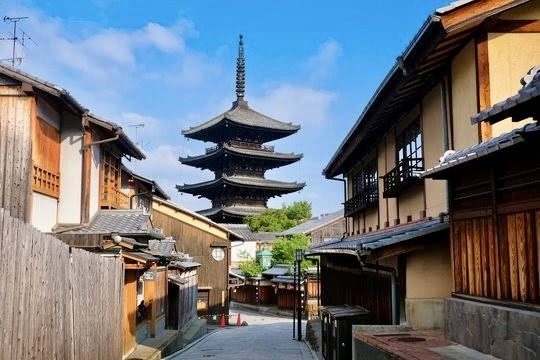
Comments